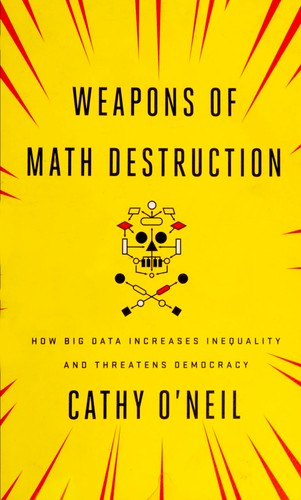But zero tolerance actually had very little to do with Kelling and Wilson's "broken-windows" thesis. Their case study focused on what appeared to be a successful policing initiative in Newark, N.J. Cops who walked the beat there, according to the program, were supposed to be highly tolerant. Their job was to adjust to the neighborhood's own standards of order and to help uphold them. Standards varied from one part of the city to another. In one neighborhood, it might mean that drunks had to keep their bottles in bags and avoid major streets but that side streets were okay. Addicts could sit on stoops but not lie down. The idea was only to make sure the standards didn't fall. The cops, in this scheme, were helping a neighborhood maintain its own order but not imposing their own.
— Weapons of math destruction by Cathy O'Neil (Page 88)
On the "seminal article in The Atlantic Monthly on so-called broken-windows policing," italicisation on "highly" is the author's.

